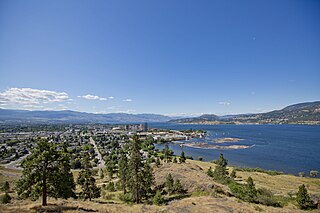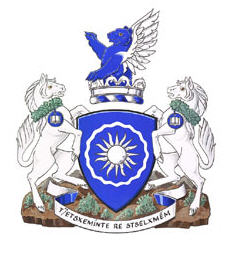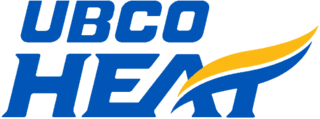Campus



The UBC Okanagan campus is situated on a hill between Glenmore and Ellison in Kelowna. Street names are signed in English and Nsyilxcən language. [11] The campus consists of Upper Campus, Lower Campus, Innovation Precinct, and Endowment Lands.
The Lower and Upper Campuses are situated around the Courtyard and University Walk host the UBCO's core academic and administrative functions. Most institutional and administrative buildings are located on the Lower Campus, including the UBC Okanagan Library, Learning Commons and the Transit Exchange. The adjacent Upper Campus contains most on-campus student housing and some institutional, childcare, and recreational buildings.
The Charles E. Fipke Centre for Innovative Research (FIP) is a multi-purpose academic and research facility, including research labs, classrooms and teaching labs, offices, student commons, lecture theatre. The Arts and Sciences Centre (ASC), and Engineering, Management and Education Building (EME) were completed in 2011.
The expansion of UBC Faculty of Medicine created a new distributed medical site, the Southern Medical Program at UBC Okanagan. The Reichwald Health Sciences Centre, a medical school building, was completed by the end of 2011 and named for benefactors Klaus and Lydia Reichwald. Part of the program is also located in the Clinical Academic Campus building adjacent to the Kelowna General Hospital.
Learning Commons Building, referred to simply as The Commons, opened in late 2018 as part of the UBC Okanagan Library expansion and contains study spaces, media labs, special collections and archives. [12]
The Innovation Precinct is 24.2-hectare (60-acre) land located at the bottom of the hill along Innovation Drive. [13] Most of the land is currently used as a parking lot, and two industrial buildings at the north end are used for collaborative researches between the university and external organizations. A future expansion will convert the land to the regional hub for research and innovations.
UBC Endowment Lands (West Campus Lands) is 103.6-hectare (256-acre) agricultural land, which occupies the western half of the Okanagan campus along John Hindle Drive and contains UBC Plant Growth Facility. UBC Endowment Lands are part of ALR and are reserved for future research and recreational uses. [14] It is not to be confused with University Endowment Lands, an unincorporated area adjacent to Vancouver where the UBC's Point Grey campus is located.
Transportation
Although the campus itself is located in a semi-rural area, it has a direct interchange with Highway 97 and Downtown Kelowna can be reached with 15 minutes of driving. [15] It is also close to Kelowna International Airport.
UBC Okanagan Exchange is the northern terminus of express bus route 97X Kelowna RapidBus, which provides Downtown Kelowna access in approximately 20 minutes. The exchange is a major transfer point for bus services to the Airport and beyond north to Lake Country and Vernon (bus route #23). The campus is also connected to the regional bikeway, Okanagan Rail Trail and John Hindle Drive Multi-use Pathway.
Downtown Kelowna Campus
UBC Okanagan also has a presence in Downtown Kelowna with UBC Innovation Library, located in the downtown Kelowna branch of the Okanagan Regional Library, [16] and the Innovation UBC Hub, located in the Innovation Centre. [17]
UBC announced in June 2020 that it is planning to expand its presence in Downtown Kelowna by constructing a new 43 storey mixed-use tower on Doyle Avenue. [18] Construction was approved in August 2023 [19] and is expected to be completed in 2027. The building will include spaces for health programs, community engagement, and an art gallery. [20]
There is also a Southern Medical Clinical Academic Campus located at Kelowna General Hospital. [21]
Expansion
According to the UBC Okanagan Campus Plan from September 2015, [22] the next 20 years will see drastic expansion in research, teaching, student residence, and commercial spaces. A proposed 85,292-square-metre (918,080 sq ft) increase in academic space would more than double the current capacity. The student residence is proposed to increase by approximately 2,200 beds to a total of approximately 3,900 beds. Commercial space would increase from 2,411 square metres (25,950 sq ft) to 4,561 square metres (49,090 sq ft). The additional space will remain within the main Okanagan campus, rather than expanding into the West Endowment Lands. Sustainability upgrades to 11 of the existing buildings are also underway.
Future[ when? ] projects include the newly constructed Nechako Commons Block building adjacent to the UNC (University Centre), additional residences, an engineering design building, a retrofit of a nearby industrial building billed as Innovation Precinct, and various other, more minor projects. [23]












